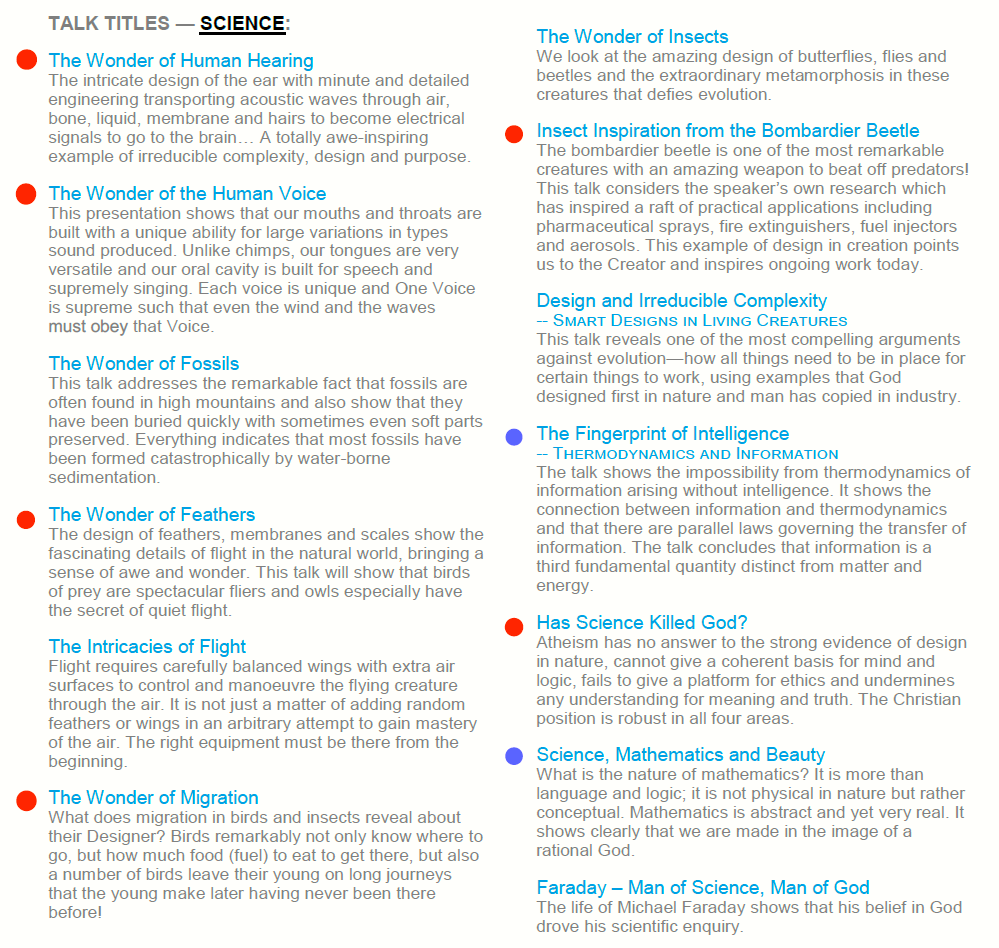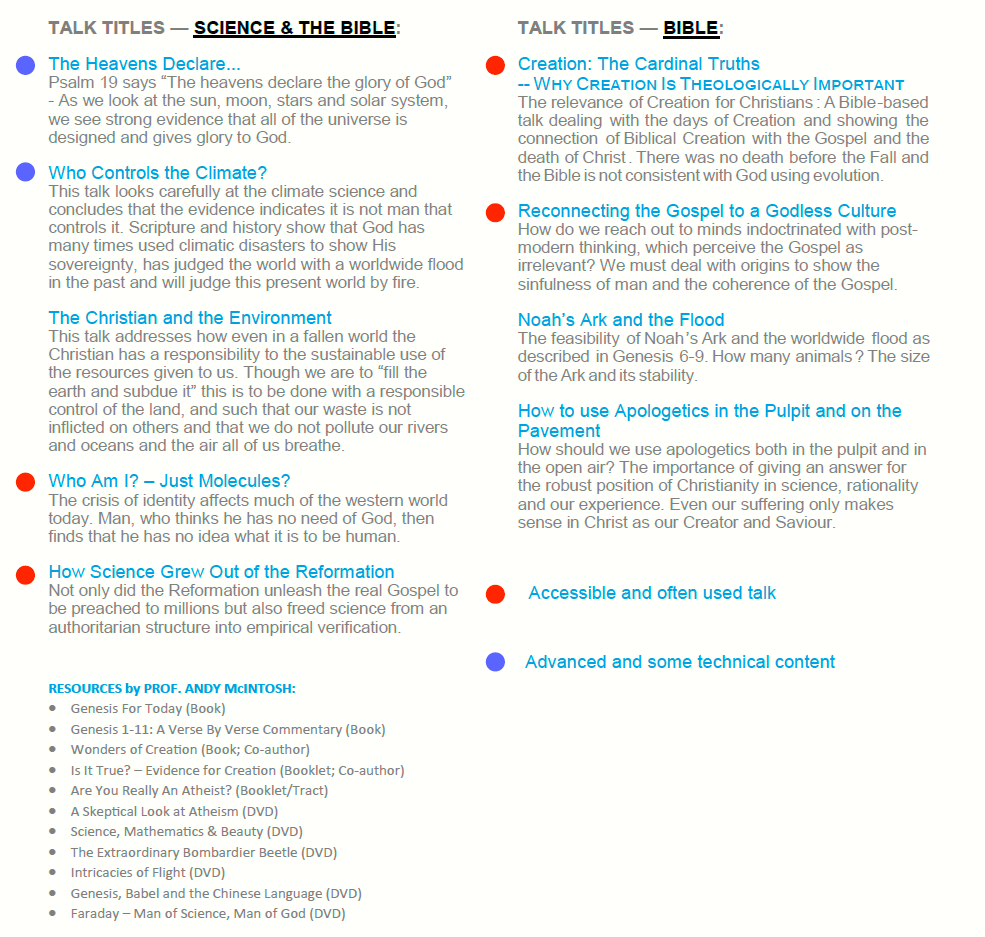May 2 at 7 pm, GHCA meeting and webinar:
Biological Theories of Design
A Better Way Forward
In the last two presentations the GHCA has looked at some of the developments in modern genetics found in the last decade or so. These are all strongly supportive of biblical creation and highly challenging to the evolutionary convention.
Perhaps most impressive is Dr. Nathaniel Jeansons’ work on the Y chromosome which passes down only through the males in a population and the mitochondrial DNA which is passed down only through the females in a population. These two relatively small parts of our DNA do not get involved in the recombination process that generates a new genome from a fertilized egg cell that includes part of both parents’ genome. As a result, the Y chromosome and the mitochondrial DNA are passed down without be modified by anything except random mutations. That means we can test whether the world was repopulated by the people on the Ark starting about 4500 years ago or if the world was populated by at least hundreds of thousands of years of evolution.
The short answer is a resounding good fit with the genetics of the present population documented by sequencing the genes of the world’s people groups.
But there is more! Including the demise of the old concept of “junk DNA” and the discovery of “epigenetics” which turns genes on or off in response to the environment in hours, weeks or months. Some of the epigenome is inherited. So, do we now arrive at theories of Biology designed to fill the Earth really need millions of years of evolution?
Attend in person at the Reception Room of Houston’s First, The Loop, at 7401 Katy Frwy, Houston TX 77024. See map in right sidebar.
Attend online via our Registration Link
Please sign up for our Creation News monthly newsletter in the right sidebar →
Starting on June 6, GHCA will present a three-part series comparing the YEC Flood models known as the Catastrophic Plate Tectonic (CPT) theory and the Hydroplate theory. We will look at the possible strengths and weaknesses of these theories and consider if they could both contribute to an even better theory. Part one will advocate Hydroplate. Part two in July will advocate the CPT theory. In August we will consider their strengths and weaknesses and if a combined theory is possible or desirable. Sign up for our newsletter in the right sidebar for monthly announcements.


